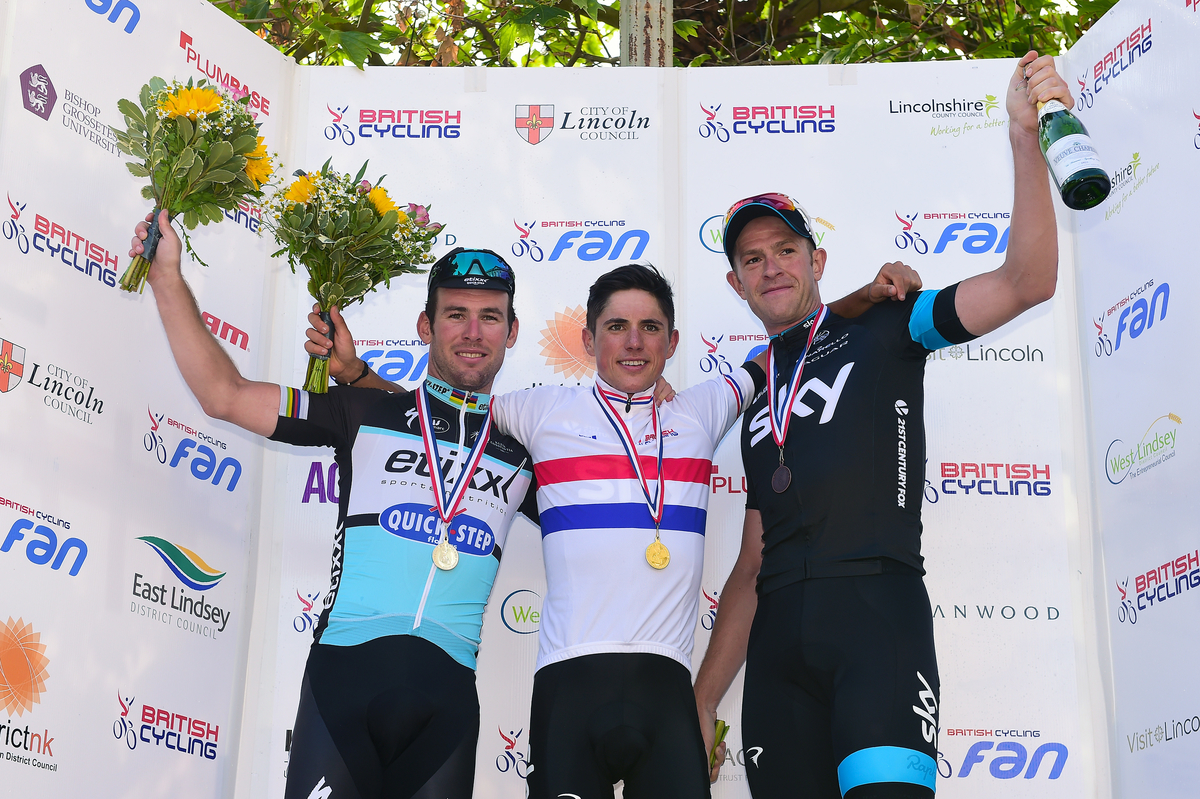Lapierre are longtime sponsors of French pro outfit Francaise Des Jeux, and the Dijon-based company recently invited us to the presentation of their new range in the La Rozier down in France’s Gorges du Tarn to grab a first look at the revamped Aircode SL and all new Xelius bikes, and put them to the test in some truly stunning scenery.
The two main attractions of the range are the Aircode SL and the Xelius SL. The former being a lighter, refined version of the Aircode that’s been ridden already this season by FDJ at the Giro d’Italia. The Xelius SL is a different proposition, because it’s a complete re-imagining of the previous Xelius.
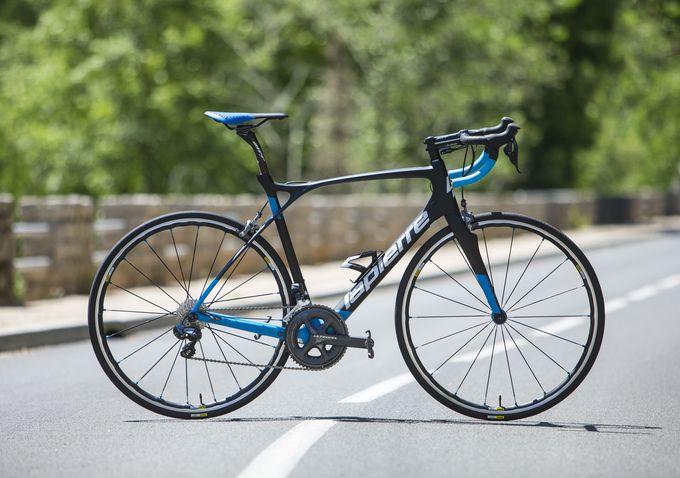
Both of those models come with simplified naming that’s consistent across the models. The 700 series will be equipped with Shimano Ultegra Di2, 600 with Ultegra, 500 with 105, 300 with Tiagra, 200 with Sora and 100 with Claris.
Across the range, Lapierre use four types of carbon fibres, each used in a different part of the build to make the best of its specific qualities. These fibres have two qualities: stiffness and resistance. Stiffness, obviously, is the quality which determines how much flex it will have under stress and this material is best used in areas like the bottom bracket. Resistance, on the other hand, denotes the level at which the fibres will break. Fibres with high resistance will allow more flex and have a greater capacity for deformation, best used in areas like seatstays, where flex is beneficial to ride quality.
Lapierre’s testing team is headed up by former pro Sebastien Joly, who tests everything before the riders on the team are given them when they’re nearly ready to go. The University of Besancon heads up FDJ’s research and development, while the University of Reims has been employed to work on vibratory analysis of the bikes, finding ways to make them more comfortable.
On top of that, the FDJ riders all have a dedicated testing session with the machines at a training camp, where they learn about and ride the new bikes, giving Lapierre a chance to get some feedback from the pros.
Lapierre Aircode SL
The first change to the Aircode is in the frameset weight. Lapierre have worked hard to make the frame 90g lighter and the fork 20g lighter, making a total saving of 110g. On top of that, they claim that the new, lightened version has the same stiffness as last year’s bike, giving it an improved stiffness-to-weight ratio. They’ve used 30-, 38- and 40-ton carbon on the frame, and now have fewer carbon layers in the headtube as well as reducing the length of the carbon layers in the seattube, giving an indication of where that 90g weight loss has come from.
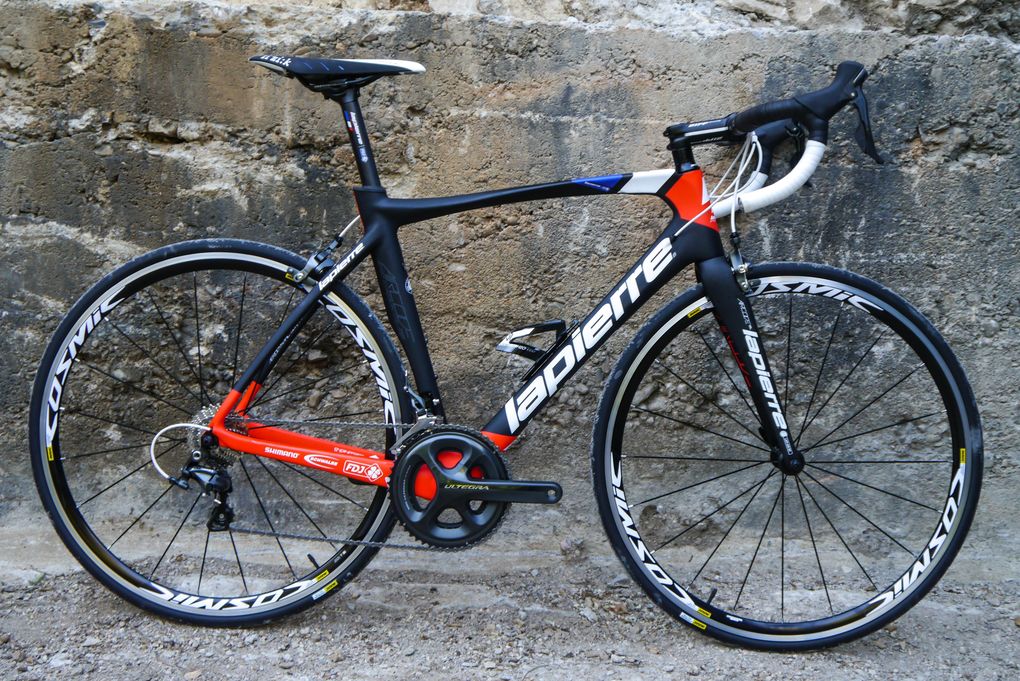
They’ve also improved the aerodynamics of the frame, with the Kammtail tube profiles (a Kammtail is essentially an aerofoil shape with the tail chopped off, which apparently produces the same airflow as a full aerofoil, but saving on size and, therefore, weight). Another small aerodynamic concession is the integrated seatpost clamp. It’s very slick and sits underneath a small rubber cover just behind the seattube. The tests on the Aircode were done in conjunction with Aéro Concept Engineering (ACE) at Magny-Cours, close to the Formula One racing circuit. Fitting then that ACE was started by two F1 engineers and have worked with racing teams and aeronautics experts, and now FDJ and Lapierre.
It also features what Lapierre call ‘Power Box’ technology. Basically the bottom bracket, headtube and chainstays work together to offer as much lateral stiffness as possible, without compromising on ride comfort. These areas are made with wider tube profiles than, say, the top and seattubes in order to maximise stiffness. They also use longer fibres in the Power Box, as long as possible, in fact, and these unidirectional carbon fibres are set parallel to one another for the best power transfer.
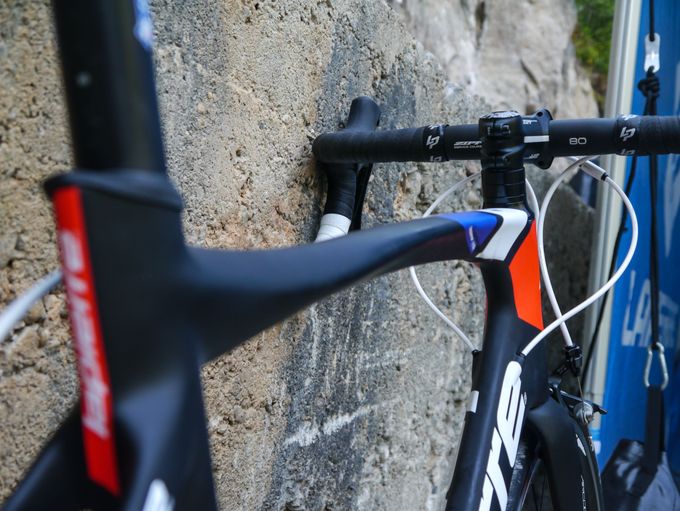
Another of the smart little weight-saving features on the Aircode is the cable routing. Although it’s fully internal, the inside of the frame only accepts the cables, not the housing, which apparently saves between 40-60g. Marginal gains, and all that.
Gearing is interesting, with Lapierre wedding themselves to the pro compact (or faux pro, if you prefer) 52/36 front chainring combo, which is the only ratio that’ll be specced on the Aircode SL. Although the one concession is the 11-28 cassette on the back, which means you’ll still be able to haul yourself up the steepest hills.
One other small refinement that I particularly like is the Aircode SL, and the Xelius SL as it happens, both now use direct mount front brakes. That means more tyre clearance at the front, and they can never be knocked out of place, which is always a plus.
Lapierre Xelius SL
The Xelius SL is a completely different beast, coming with a 100 per cent new frame designed to be as light as possible. Which is 850g, since you asked. It uses a different carbon layup to the Aircode, and the design has been optimised to lower the centre of gravity and still give you a bike that sticks to the road well despite the lower weight.
One of the ways they’ve done this, and a feature I really like as will all bike geeks, is to develop a proprietary battery mount for the Di2 models called ‘Trap Door Technology’. Basically, the underside of the bottom bracket comes out and with it the mount for the battery, making removal very easy, but also moving the battery further down in the frame, lowering the centre of gravity.
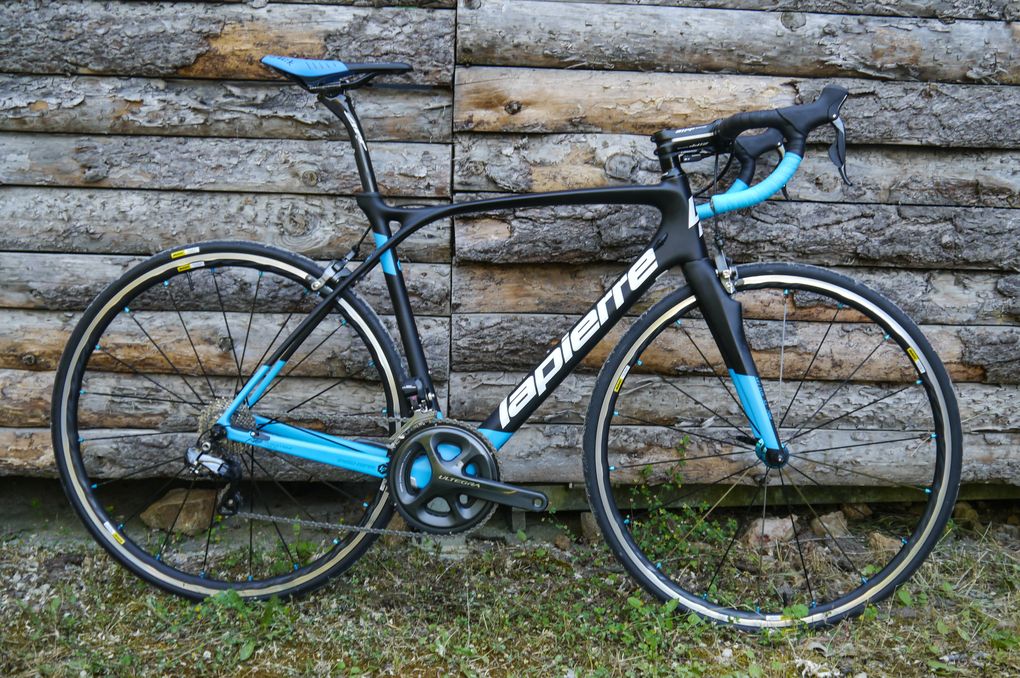
The frame uses the same Power Box technology as the Aircode, and has the same optimised geometry as the previous Xelius except for one little change – the chainstays are now 405mm, down from 408mm. It also uses the same internal routing tech, so no cable housing on the frame in the Xelius either.
The Xelius SL also has the same integrated seatpost clamp as the Aircode, but uses a thinner 27.2mm seatpost to both lower weight and increase ride comfort.
But the most notable – and noticeable – feature on the Xelius SL is the seatstay/seattube junction. Or rather, the lack thereof. The seatstays now attach directly to the toptube, and although on first look it could be easy to dismiss as a simple bit of aesthetic flair, the thinking behind it makes perfect sense. Over the last few years, bike manufacturers have being doing all sorts of things with seatstays to try and increase ride comfort. These range from BMC attaching them two-thirds of the way down the seat tube, to Trek’s IsoSpeed decoupler on the Domane, and the super thin flat stays on Cannondale’s latest Slice tri bike.
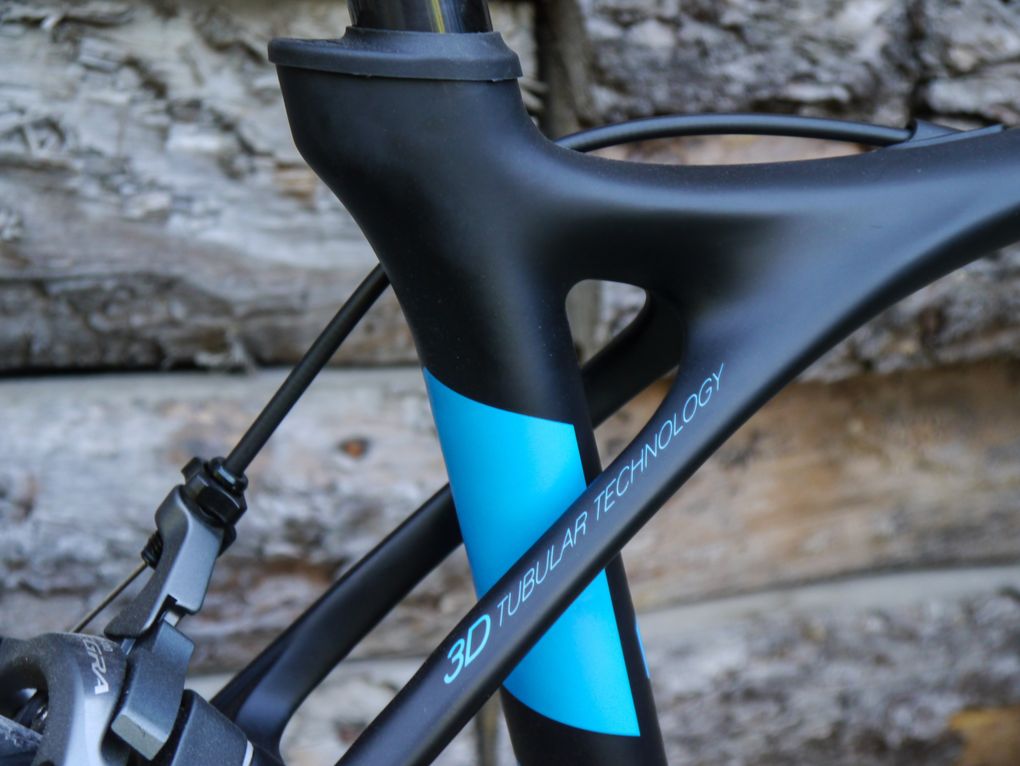
The reason for this is the back end of the bike plays a huge part in ride comfort, and manipulation of the seatstays is an obvious way to improve that without sacrificing stiffness or frame integrity. Now the seattube is one of, if not the, key load-bearing points on a bike because, well, you sit on it. And when the seatstays are attached to the seattube, they need to be stronger because they help with that load bearing, and greater strength means more layers of carbon which also equals higher weight. But moving the seatstay junction to the toptube means that they’re relieved of much of that load bearing duty, as the toptube copes with comparatively little of that. That’s meant Lapierre have been able to make the seatstays on the Xelius SL both thinner and lighter as they’re under lower stress. It should also allow the seattube a little more room for movement and create a more comfortable all around ride.
Not ones to leave things to chance, however, Lapierre have had three of the FDJ riders using the Xelius at the Giro d’Italia, including Alexandre Geniez who’s put in a number of very strong performances. Plus they’re already planning to have the rest of the team on the bike at both the Tour de Suisse and Criterium du Dauphine.
The eagle-eyed among you will have already noticed one obvious point – both bikes’ ranges stop with Shimano Ultegra Di2. That doesn’t mean you can’t have one specced with, say, Shimano Dura-Ace if you want it, but Lapierre reserve their fanciest bikes for their ‘Ultimate’ program, which is their online bike builder/ordering service.
The range is completed by the Pulsium – Lapierre’s bike for the cobbles – and the Sensium, which this year features two disc brake equipped versions instead of one. There’s no word on UK pricing as of yet, but you can check out the full range on Lapierre’s website.

